Home>Interior Design>Paula Sutton’s Guide To Mood Boarding Decor And How It Can Be Applied To Your Life
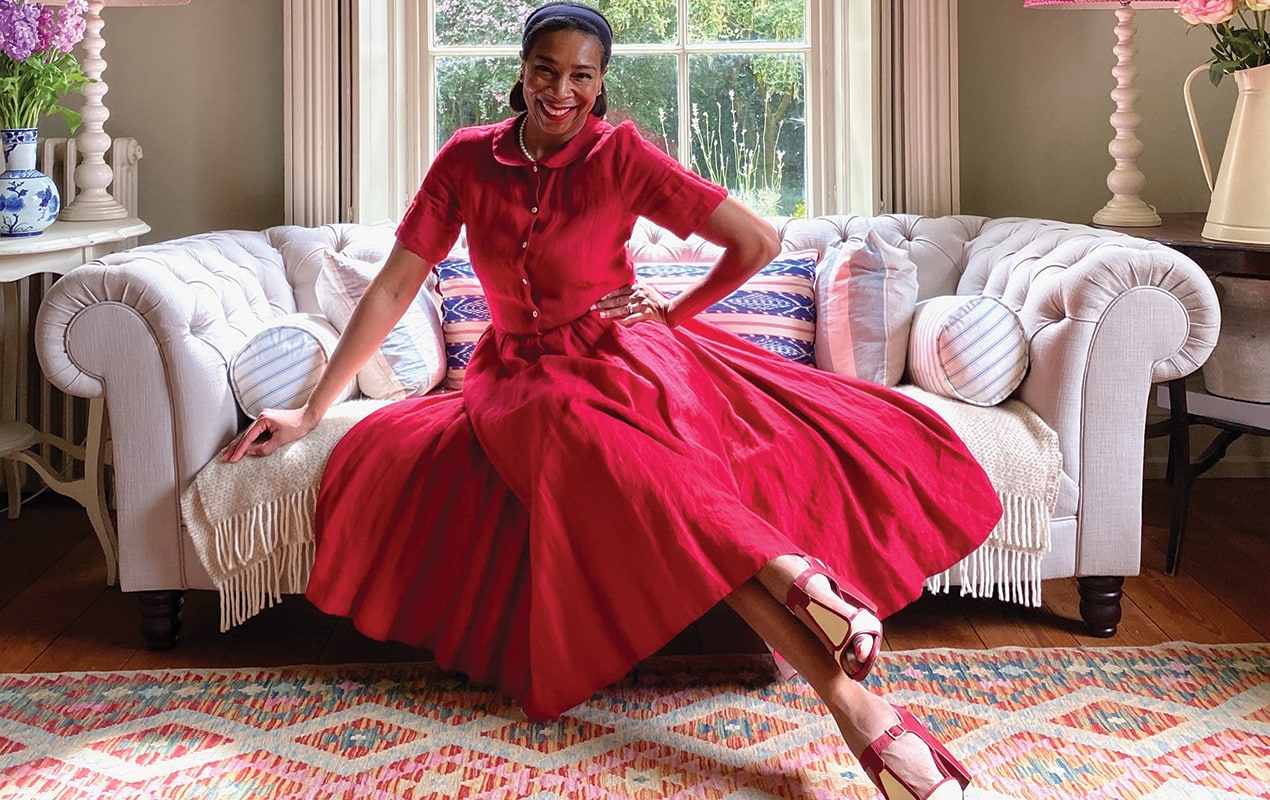

Interior Design
Paula Sutton’s Guide To Mood Boarding Decor And How It Can Be Applied To Your Life
Modified: January 19, 2024
Learn how Paula Sutton's guide to mood boarding decor can transform your space and enhance your life. Discover the power of interior design and get inspired today.
(Many of the links in this article redirect to a specific reviewed product. Your purchase of these products through affiliate links helps to generate commission for Storables.com, at no extra cost. Learn more)
Introduction
Welcome to Paula Sutton’s guide to mood boarding decor and how it can be applied to your life. In this article, we will explore the concept of mood boarding, its importance in decor, and how you can incorporate mood boarding techniques into various aspects of your life. Whether you are a design enthusiast looking for inspiration or someone who wants to bring a more cohesive and harmonious aesthetic to your living space, mood boarding is a powerful tool that can help you achieve your goals.
Mood boarding is a creative process that involves visually collecting and arranging images, colors, textures, and other design elements to convey a specific mood or theme. It is a technique widely used by interior designers, stylists, and creatives to plan and visualize their ideas before bringing them to life. By creating a mood board, you can effectively communicate your vision, explore different design possibilities, and ensure that all elements work harmoniously together.
But why is mood boarding important in decor? Simply put, it helps you streamline your design process and make informed decisions. When you have a clear vision of the mood and aesthetics you want to achieve, you can confidently select furniture, fabrics, colors, and accessories that align with your desired style. By having a visual representation of your ideas, you can avoid costly design mistakes and create a cohesive and personalized space.
Moreover, mood boarding allows you to explore different design styles and experiment with aesthetic combinations. You can play with various color palettes, patterns, and textures to see how they complement or contrast with each other. This helps you discover new possibilities and stretch your creativity, as well as refine your design preferences.
But mood boarding is not limited to decor. It can be applied to various aspects of your life, from planning an event or a wedding to organizing your wardrobe or even creating a vision board for personal goals. By harnessing the power of mood boarding, you can bring focus, clarity, and inspiration to different areas of your life.
In the following sections, we will guide you through the step-by-step process of creating a mood board, provide tips on selecting inspirations and gathering materials, and offer ideas on how to apply mood boarding techniques to different areas of your life. So let’s dive in and explore the world of mood boarding!
Key Takeaways:
- Mood boarding is a versatile and powerful tool that enhances the creative process in interior design and beyond. It aids in developing a cohesive vision, fostering collaboration, and refining design choices.
- By incorporating mood boarding into different areas of your life, you can enhance creativity, stay focused on your goals, and bring a sense of cohesion and inspiration to various aspects of your journey.
Read more: Paula Sutton’s Guide To The Joyful Home
What is Mood Boarding?
Mood boarding is a creative practice that involves visually assembling a collection of images, colors, textures, and other design elements to convey a specific mood or theme. It is a valuable tool used by interior designers, stylists, and creatives to brainstorm ideas, explore possibilities, and communicate their vision to clients or collaborators.
At its core, a mood board acts as a visual representation of the desired atmosphere, aesthetics, and emotions associated with a particular project. It serves as a guide and source of inspiration throughout the design process.
A mood board can take various forms, from a physical collage of cut-out images and samples to a digital compilation created using online platforms or design software. The choice of medium depends on personal preference and the intended use of the mood board.
The purpose of mood boarding is to capture the essence and style of a project or concept before bringing it to life. It allows designers and individuals to gather different visual elements and experiment with their arrangement to create a cohesive and harmonious composition.
By curating a mood board, one can explore different design possibilities and combinations. It helps to put ideas into context and provides a tangible reference for the intended look and feel of a space, event, or project.
Not only does mood boarding facilitate the visualization of an overall concept, but it also encourages the inclusion of specific details and elements. This can range from furniture pieces and fabric swatches to color palettes, patterns, and textures.
Furthermore, mood boards enable effective communication and collaboration between designers, clients, and stakeholders. They provide a shared and easily understandable reference point, ensuring that everyone involved is on the same page regarding the design direction and objectives.
By creating a visual representation of a project’s mood and aesthetic, designers can make more informed decisions throughout the design process. It helps them select the appropriate materials, colors, and finishes that best align with the desired atmosphere and visual identity.
Overall, mood boarding is a versatile and powerful tool that enhances the creative process. It aids in developing a cohesive vision, fostering collaboration, and refining design choices, making it an indispensable practice in the world of interior design and beyond.
The Importance of Mood Boarding in Decor
Mood boarding plays a crucial role in the world of decor, offering numerous benefits to designers and individuals looking to create impactful and visually appealing spaces. Let’s explore why mood boarding is important in the realm of interior design.
1. Visualizing Concepts: Mood boards provide a platform to explore and visualize design concepts. They help designers and clients alike to see how different elements come together and interact in a space. By creating a mood board, one can better understand how colors, patterns, textures, and furniture pieces work together harmoniously, ensuring a cohesive and well-executed design.
2. Setting the Mood: The visual elements within a mood board help to establish the desired atmosphere and mood of a space. Whether it’s a cozy and inviting living room or a sleek and contemporary kitchen, mood boards allow designers to convey the intended ambiance to their clients and stakeholders. This ensures that there is a clear understanding of the desired emotional response from the space.
3. Exploring Design Possibilities: Mood boards encourage exploration and experimentation with different design possibilities. Designers can play with various color palettes, materials, and finishes to see how they interact and create different effects. This allows for a more informed decision-making process and helps to identify the most suitable design choices for a particular space.
4. Communicating Design Ideas: Mood boards provide a visual language that facilitates effective communication between designers, clients, and other project stakeholders. Design concepts can sometimes be challenging to articulate verbally, but a mood board offers a tangible representation that ensures everyone involved is on the same page. It bridges the gap between imagination and execution.
5. Budgeting and Planning: Creating a mood board early in the design process allows for better budgeting and planning. By visualizing the desired look and feel of a space, designers can estimate the costs associated with materials, furnishings, and decor items. It helps clients make informed decisions and prioritize their design goals within their budget constraints.
6. Coherence and Consistency: Mood boards promote coherence and consistency throughout the design process. By organizing and arranging various design elements in a single composition, designers can ensure that all components of a space work together harmoniously. This avoids design elements appearing disjointed or out-of-place, resulting in a more cohesive and visually pleasing environment.
7. Inspiration and Confidence: Mood boards serve as a source of inspiration and instill confidence in both designers and clients. They help to generate ideas, spark creativity, and guide the design process from initial concept to final execution. With a clear vision in mind, designers can confidently select and source the necessary materials and furnishings, knowing that they align with the desired aesthetic.
Overall, mood boarding is a crucial step in the design process, enabling the visualization of concepts, effective communication, and informed decision-making. It provides a roadmap for designers and clients to create spaces that are not only visually stunning but also aligned with the intended atmosphere and style.
How Mood Boarding Can Be Applied to Your Life
While mood boarding is commonly associated with interior design, its application extends far beyond decor. The techniques and benefits of mood boarding can be applied to various aspects of your life to enhance creativity, organization, and goal achievement. Let’s explore how mood boarding can be integrated into different areas of your life.
1. Personal Style and Fashion: Creating a mood board can help you define and refine your personal style. Gather images of clothing, accessories, and fashion inspirations that resonate with you. By visually organizing these elements, you can identify recurring patterns in terms of colors, textures, and silhouettes, helping you curate a wardrobe that aligns with your desired aesthetic.
2. Event Planning: Whether you are planning a wedding, a birthday party, or a corporate event, mood boarding can be a valuable tool. Collect inspiration for the overall theme, decorations, colors, and mood you want to evoke. By visualizing your ideas, you can effectively communicate with vendors and collaborators, ensuring a cohesive vision and a memorable event.
3. Home Renovation and Remodeling: Before embarking on a home renovation or remodeling project, create a mood board to guide your design decisions. Pinpoint your desired style, color schemes, and materials. This will help you make cohesive choices when selecting paint colors, flooring, furniture, and other elements, resulting in a harmonious and visually appealing space.
4. Travel Planning: Are you dreaming of your next vacation? Use mood boarding techniques to plan your travel itinerary. Collect images of destinations, landmarks, activities, and cultural inspirations that appeal to you. This will help you organize your ideas, create a coherent travel plan, and ensure that your trip reflects the experiences you want to have.
5. Personal Development and Goal Setting: Mood boarding can be a powerful tool for personal development. Create a vision board that represents your goals, aspirations, and dreams. Include images that inspire you, quotes that motivate you, and visuals that symbolize your desired achievements. By regularly reviewing your vision board, you can stay focused and motivated as you work towards your aspirations.
6. Creative Projects: Whether you are an artist, writer, or photographer, mood boarding can ignite your creative process. Use it to gather images, colors, and textures that resonate with your project. Arranging these visuals can help you generate fresh ideas, establish a narrative, and provide a visual anchor throughout the creative journey.
7. Personal Wellness: Mood boarding can also be applied to self-care and wellness practices. Create a mood board that represents your ideal self-care routine, incorporating images of activities such as meditation, exercise, healthy recipes, and relaxation techniques. This visual reminder can motivate you to prioritize self-care and maintain a balanced lifestyle.
Remember, mood boarding is a flexible and adaptable practice that can be tailored to fit your specific needs and interests. By incorporating mood boarding into different areas of your life, you can enhance creativity, stay focused on your goals, and bring a sense of cohesion and inspiration to various aspects of your journey.
Step-by-Step Guide to Creating a Mood Board
Creating a mood board is an exciting and creative process that allows you to visually articulate your ideas and design vision. Follow these steps to create your own mood board:
1. Define Your Purpose: Start by determining the purpose and scope of your mood board. Are you planning a room makeover, an event, or exploring a personal style? Understanding the objective will help you gather the right inspirations and elements.
2. Collect Inspirations: Begin gathering images, colors, textures, patterns, and other design elements that resonate with your vision. Consider using online platforms like Pinterest, design blogs, or magazines to source inspiration and create a digital collection.
3. Organize and Curate: Review the collected inspirations and select the ones that best capture the mood and aesthetics you want to convey. Look for common themes, tones, and visual elements to create a cohesive composition.
4. Select a Format: Decide whether you want to create a physical or digital mood board. Physical mood boards involve cutting out images and arranging them on a foam board or poster. Digital mood boards can be created using design software or online platforms.
5. Choose a Layout: Determine the layout of your mood board. You can opt for a grid-style arrangement, overlapping layers, or a more organic collage-like composition. Experiment and play with different arrangements to find the one that best captures your vision.
6. Arrange Your Elements: Start arranging your selected inspirations on your chosen medium. Pay attention to the placement, balance, and composition of each element. Consider how colors, textures, and shapes interact with each other for a visually pleasing arrangement.
7. Add Text and Annotations: If desired, include text, captions, or annotations to highlight specific details or provide context for your chosen elements. This can help convey the intended mood or provide explanations for your design choices.
8. Refine and Edit: Step back and evaluate your mood board as a whole. Make any necessary adjustments to create better visual flow and ensure your design vision is accurately represented. Remove or replace elements that don’t align with your desired outcome.
9. Present and Share: Once you’re satisfied with your mood board, present it to others or use it as a reference for your own projects. Whether you’re working with clients, collaborators, or seeking to inspire yourself, sharing your mood board can help convey your ideas effectively.
10. Update and Evolve: Mood boards are not static. They can evolve and change as your ideas and inspirations develop. Keep updating your mood board as you discover new elements or refine your vision, ensuring it remains a dynamic tool throughout your creative journey.
Remember, the goal of a mood board is to capture the essence and mood of your design concept. It serves as a visual anchor and source of inspiration as you bring your ideas to life. Enjoy the process and let your creativity flow!
Selecting Inspirations for Your Mood Board
When creating a mood board, selecting the right inspirations is crucial as they form the foundation of your design concept. Here are some tips to help you choose the most impactful inspiration elements for your mood board:
1. Identify Your Design Vision: Clarify your design vision and the mood you want to evoke. Do you envision a serene and minimalist space or a bold and eclectic environment? Understanding your design direction will guide your search for inspirations that align with your vision.
2. Explore Different Sources: Look beyond interior design sources for inspiration. Explore fashion magazines, nature photography, art galleries, and even architecture. Find inspiration in unexpected places to bring a unique and personal touch to your mood board.
3. Consider Color Palettes: Colors play a significant role in setting the mood of a space. Consider selecting images that showcase color combinations that resonate with your desired atmosphere. Look for complementary, analogous, or monochromatic color schemes that evoke the emotions you want to convey.
4. Seek Textures and Patterns: Texture and pattern create visual interest and depth in a space. Look for images that showcase different textures, such as soft fabrics, rustic wood grains, or sleek metallic finishes. Incorporate patterns that add personality and character, like geometric shapes, floral motifs, or organic patterns found in nature.
5. Focus on Proportions and Scale: Pay attention to the proportions and scale of the elements you choose. Consider how furniture, accessories, and architectural details can influence the overall feel of a space. Look for inspirations that showcase different scales to help you create a well-balanced and visually appealing composition.
6. Include Mood-Setting Images: Look for visuals that instantly evoke the mood and atmosphere you want to create. Images of cozy fireplaces, open fields, or vibrant cityscapes can help establish the desired ambiance and inspire design choices that support that mood.
7. Incorporate Personal Touches: Infuse your personality into your mood board by including images that represent your personal interests, hobbies, or experiences. This will give your mood board a unique and individualized touch, making it truly reflective of your personal style.
8. Find Inspirations in Nature: Nature is an abundant source of inspiration. Look for images of natural landscapes, flora, and fauna that resonate with your design vision. Explore different seasons, climates, and geographical settings to find elements that connect with your desired aesthetic.
9. Consider Timeless and Trendy Elements: Balance timeless elements with current design trends. Choose inspirations that will stand the test of time while incorporating a few trendy elements to keep your mood board fresh and contemporary.
10. Trust Your Instincts: Ultimately, trust your instincts and select inspirations that resonate with you on a personal and emotional level. Your mood board should reflect your unique taste and vision, so be confident in your choices.
Remember, the goal is to create a mood board that speaks to your design vision, communicates your desired mood, and inspires creativity. By carefully selecting inspirations that align with your vision, you’ll create a mood board that serves as a powerful tool for your design journey.
When creating a mood board for decor, be sure to include a variety of elements such as color swatches, fabric samples, and inspirational images to capture the overall feel you want to achieve in your space.
Gathering Materials for Your Mood Board
Gathering the right materials for your mood board is essential to bring your design vision to life. Here are some tips to help you gather the materials you need:
1. Images and Photographs: Look for high-quality images and photographs that represent your design concept. Explore online platforms like Pinterest, design blogs, or stock photo websites. You can also source images from magazines, catalogs, and books. Consider printing or photocopying the images to have physical copies for a tactile and interactive mood board experience.
2. Fabric and Textile Swatches: If you’re working on a decor-related mood board, collect fabric and textile swatches. Visit your local fabric store or order samples online. Gather different textures, patterns, and colors that align with your design vision. You can attach these swatches directly to your mood board for a tactile and visual representation of the materials you envisage using.
3. Paint Chips and Color Samples: If color is an important aspect of your design, include paint chips or color samples in your mood board. Visit a paint store and collect chips in various shades and tones. Experiment with different combinations and see how they interact with other elements on your mood board.
4. Material Samples: Consider including samples of materials you plan to use in your design. This could include wood, metal, stone, tile, or any other material that contributes to the overall aesthetic. Physical samples allow you to feel and assess the texture and quality of the materials and can be a useful reference when making purchasing decisions.
5. Typography and Fonts: If you plan on incorporating text or quotes into your mood board, explore different typography options. Look for fonts that reflect the mood and style you want to convey. You can find font samples online, or create your own by experimenting with handwritten styles or calligraphy.
6. Found Objects and Memorabilia: Think outside the box and incorporate found objects or meaningful memorabilia into your mood board. These could be shells from a special vacation, trinkets that hold sentimental value, or natural elements such as leaves or feathers. Adding these personal touches can make your mood board more unique and meaningful.
7. Art Supplies: Depending on your mood board format, consider incorporating art supplies like markers, colored pencils, or paint. This allows you to add your own drawings or annotations directly on the mood board, giving it a personalized touch and allowing for further artistic expression.
8. Digital Resources: If you’re creating a digital mood board, take advantage of online resources and tools. Use graphic design software or online mood board platforms that offer a wide range of images, textures, patterns, and color palettes. Download and save these digital resources for easy access during the mood board creation process.
9. Organizational Tools: Use organizational tools such as folders, binders, or online platforms to keep all your gathered materials organized. Create designated folders on your computer to store digital resources or use physical folders to store printed images and samples. This will ensure that you can easily access and reference your materials as you work on your mood board.
10. Stay Open-Minded: While it’s important to gather materials that align with your design vision, also stay open-minded. Allow yourself to be inspired by unexpected finds. Sometimes, exploring materials outside of your initial vision can lead to fresh ideas and innovative design choices.
By carefully gathering a variety of materials, you’ll have a rich and diverse collection to choose from when creating your mood board. This will enable you to accurately convey your design vision and inspiration to others and create a visual representation that truly reflects your desired aesthetic.
Creating Your Mood Board
Now that you’ve gathered your materials, it’s time to bring your design vision to life by creating your mood board. Here are the steps to guide you through the process:
1. Determine the Layout: Decide on the overall layout and composition of your mood board. Consider the size and format of your board, whether it’s physical or digital. Think about how you want to arrange and organize your materials to create a visually appealing composition.
2. Start with a Focal Point: Choose a focal point for your mood board. This could be a central image, an inspirational quote, or a key element that captures the essence of your design vision. Position the focal point in a prominent location to draw attention and set the tone for the rest of the mood board.
3. Arrange Elements Harmoniously: Begin arranging the other materials around the focal point. Consider the balance, rhythm, and flow of the design. Play with the placement of images, fabric swatches, color samples, and any other materials you have gathered. Strive for a visually pleasing and harmonious arrangement that reflects your desired mood and aesthetics.
4. Experiment with Layers and Overlapping: Introduce depth and dimension to your mood board by layering materials and overlapping elements. This technique adds visual interest and creates a dynamic composition. Feel free to experiment with different layers and arrangements until you find the perfect balance.
5. Incorporate Text and Annotations: If desired, add text or annotations to your mood board. This could include labeling materials, describing the emotions or concepts behind the chosen elements, or including relevant quotes. Typography can also be used to enhance the overall design by playing with different fonts, sizes, and styles.
6. Consider Color Harmony: Take into account the color combinations and harmony within your mood board. Pay attention to the relationships between colors, and ensure they align with the desired mood and aesthetics. Experiment with different color placements and combinations to create a cohesive and visually pleasing color palette.
7. Create a Cohesive Narrative: Your mood board should tell a story and convey your design vision clearly. Ensure that all elements work together to create a consistent and cohesive narrative. Consider how each image, texture, and color relates to the overall concept and contributes to the intended mood or atmosphere.
8. Add Final Touches: Once you are satisfied with the overall arrangement, step back and review your mood board. Make any final adjustments or additions that enhance the overall design. Take a critical look to ensure every element contributes to the overall aesthetic and captures the essence of your design vision.
9. Document and Share: Document your mood board by taking a photograph or scanning it if it is physical. If you are working on a digital platform, save and export your mood board as a digital file. This will allow you to easily refer back to it and share it with others for feedback or collaboration.
10. Use as a Design Guide: Your completed mood board is not only a visual representation of your design vision but also a practical tool. Refer to it throughout your design process as a guide and reference point. Let it inspire and inform your decision-making as you bring your ideas to life.
Creating a mood board is an exciting and creative undertaking. By following these steps and allowing your artistic instincts to guide you, you will create a mood board that accurately represents your design vision and inspires your design journey.
Using Your Mood Board for Decor Inspiration
Once you’ve created your mood board, it becomes a powerful tool for decor inspiration and a guide to bring your design vision to life. Here are some ways you can use your mood board to inspire your decor choices:
1. Color Palette: One of the most significant inspirations from your mood board is the color palette. Identify the dominant and complementary colors on your mood board and use them as a reference for selecting paint colors, textiles, and decorative accents. The color palette of your mood board will help create a cohesive and harmonious look throughout your space.
2. Material and Texture Selection: Look closely at the textures and materials represented on your mood board. Are there wooden elements, sleek metals, or soft fabrics that catch your eye? Use your mood board as a guide when selecting furniture, flooring, window treatments, and other materials to ensure they align with the desired textures and materials of your mood board.
3. Furniture and Decor Choices: Your mood board can provide inspiration for selecting furniture and decor items. Look for furniture shapes, styles, and finishes that are consistent with the aesthetic of your mood board. Consider the patterns, motifs, and designs represented on your mood board when choosing accessories and decorative elements for your space.
4. Lighting and Ambiance: Use your mood board to determine the desired lighting and ambiance for your space. Does your mood board evoke a cozy and intimate atmosphere or a bright and energetic one? Consider the lighting fixtures, lamps, and window coverings that will help create the desired mood in your space.
5. Spatial Layout and Arrangement: Your mood board can inspire the layout and arrangement of your furniture and decor items. Consider the placement of elements on your mood board and use it as a reference for the spatial arrangement in your space. Experiment with the arrangement of furniture and decor pieces to achieve a similar feel and flow in your own design.
6. DIY and Crafting Projects: If your mood board includes DIY or craft elements, use them as inspiration for your own projects. Whether it’s a macrame wall hanging, a handmade art piece, or customized accessories, your mood board can spark creativity and guide you in creating unique and personal decor items.
7. Shopping Guide: Your mood board can serve as a shopping guide, helping you stay focused when selecting items for your space. Use your mood board to create a list of specific furniture, decor items, and materials that align with your design vision. This will help you make informed decisions and avoid purchasing items that do not contribute to the overall aesthetic.
8. Adaptation and Flexibility: While your mood board serves as a visual guide, it’s important to remain adaptable and open to new ideas and opportunities. Allow your design choices to evolve naturally as you begin implementing your decor plan. Your mood board can serve as a reference point, but it should not limit your creativity or prevent you from exploring new possibilities.
Remember, your mood board is a reflection of your design vision and serves as a valuable source of decor inspiration. Use it as a reference and guide throughout your design journey, but also trust your instincts and allow yourself to embrace the joy of creating a space that is uniquely yours.
Read more: How To Apply Lime To Your Grass
Applying Mood Boarding Techniques to Different Areas of Your Life
Mood boarding techniques are not limited to interior design; they can be applied to various areas of your life to enhance creativity, organization, and goal achievement. Here are some ways you can apply mood boarding techniques to different aspects of your life:
1. Fashion and Personal Style: Create a mood board to define and refine your personal style. Gather images of clothing, accessories, and fashion inspirations that resonate with you. Analyze the recurring patterns in terms of colors, textures, and silhouettes. This will help you curate a wardrobe that aligns with your desired aesthetic.
2. Event Planning: Whether it’s a wedding, birthday party, or corporate event, mood boarding can be a valuable tool. Collect inspiration for the overall theme, decorations, colors, and mood you want to evoke. By visually organizing your ideas, you can effectively communicate with vendors and collaborators, ensuring a cohesive vision and a memorable event.
3. Meal Planning and Cooking: Use mood boarding techniques for meal planning and cooking. Gather recipe ideas, images of dishes, and ingredient combinations that inspire you. Arrange them on a mood board to create meal plans or organize your recipe collection. This visual approach can help you stay motivated and creative in the kitchen.
4. Travel Inspiration: Create a mood board for travel planning. Collect images of destinations, landmarks, activities, and cultural inspirations that appeal to you. Arrange them to create an itinerary or capture the mood you want to experience during your trip. This will help you stay inspired and organized as you plan your adventures.
5. Fitness and Wellness: Mood boarding can also be applied to fitness and wellness goals. Create a mood board that represents your ideal fitness routine, incorporating images of exercise styles, nutritious foods, and motivational quotes. This visual reminder can inspire you to stay focused and motivated on your wellness journey.
6. Career Development: Mood boarding techniques can aid in career development and goal setting. Create a vision board that represents your professional aspirations, incorporating images of your ideal work environment, role models, and achievements. This visual representation can serve as a reminder of what you are working towards, helping you stay focused and motivated in your career.
7. Home Organization: Use mood boarding techniques when organizing your home. Create an inspiration board for each room, visualizing the desired organization and decor. Collect images of storage solutions, furniture arrangements, and decorative accents to create a cohesive and well-designed living space.
8. Self-Care and Self-Improvement: Apply mood boarding techniques to self-care and self-improvement practices. Create a mood board that represents your ideal self-care routine, incorporating images of activities such as meditation, yoga, journaling, or relaxing environments. This visual reminder can motivate you to prioritize self-care and maintain a balanced lifestyle.
By applying mood boarding techniques to different areas of your life, you can enhance creativity, organization, and goal achievement. Whether it’s refining your personal style, planning an event, or staying motivated in your career, mood boarding offers a visual and tangible approach to help you visualize and pursue your aspirations.
Conclusion
Incorporating mood boarding techniques into your life, whether it’s for decor, personal style, event planning, or other areas, can bring a new level of creativity, organization, and inspiration to your projects and goals. By visually collecting and arranging images, colors, textures, and other design elements, you can effectively communicate your vision, explore possibilities, and ensure a cohesive and harmonious outcome.
Mood boarding allows you to streamline your design process, make informed decisions, and avoid costly mistakes. It fosters creativity and provides a visual roadmap for your projects, helping you stay focused and motivated as you bring your ideas to life.
From interior design to fashion, from event planning to personal wellness, mood boarding can be applied to various aspects of your life. It empowers you to define your style, curate your inspirations, and create a tangible representation of your vision.
Remember, mood boarding is not a rigid or formulaic process. It’s a dynamic and personal approach that allows you to explore, experiment, and adapt. Trust your instincts, stay open-minded, and allow your mood board to evolve as your ideas and inspirations develop.
Whether you’re a design enthusiast or someone looking to bring a more cohesive and harmonious aesthetic to your life, mood boarding is a valuable tool at your disposal. Embrace the creative process, have fun with it, and let your mood board guide you towards achieving your goals and creating spaces that truly reflect your vision and style.
So, start collecting your inspirations, gather your materials, and let your creativity soar as you embark on the exciting journey of mood boarding. Whether it’s designing your dream home, refining your personal style or planning a special event, mood boarding is a powerful technique that will help you turn your visions into reality.
Frequently Asked Questions about Paula Sutton's Guide To Mood Boarding Decor And How It Can Be Applied To Your Life
Was this page helpful?
At Storables.com, we guarantee accurate and reliable information. Our content, validated by Expert Board Contributors, is crafted following stringent Editorial Policies. We're committed to providing you with well-researched, expert-backed insights for all your informational needs.
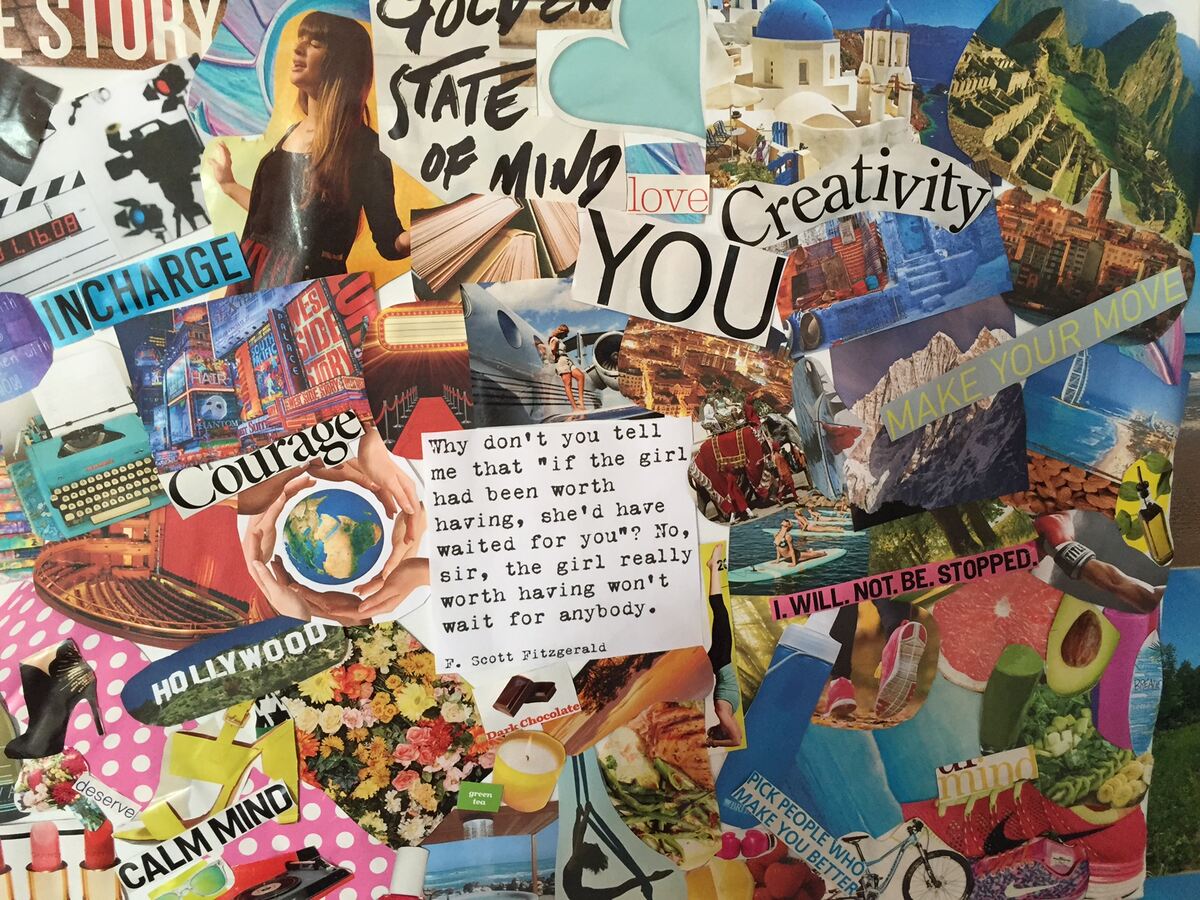
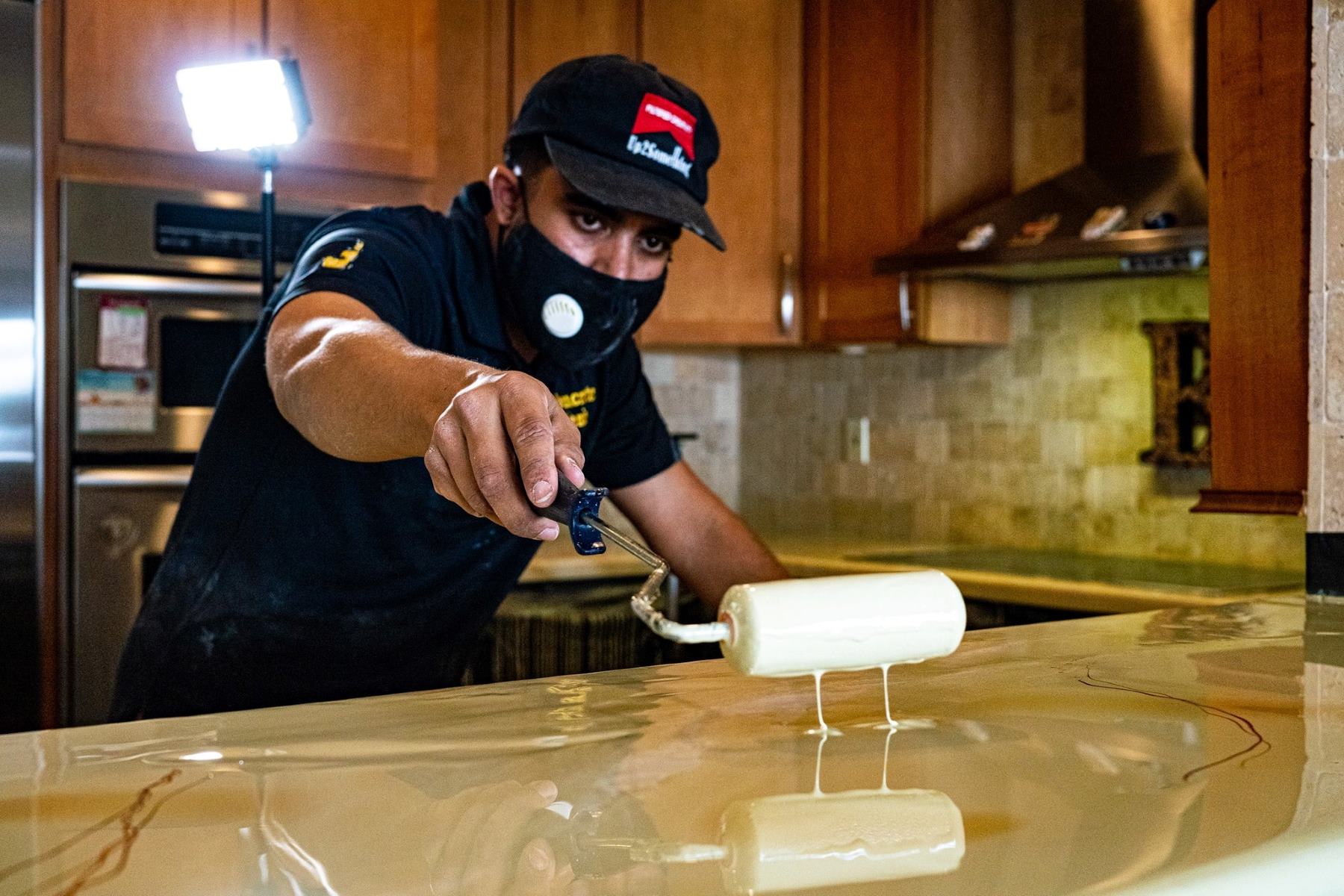
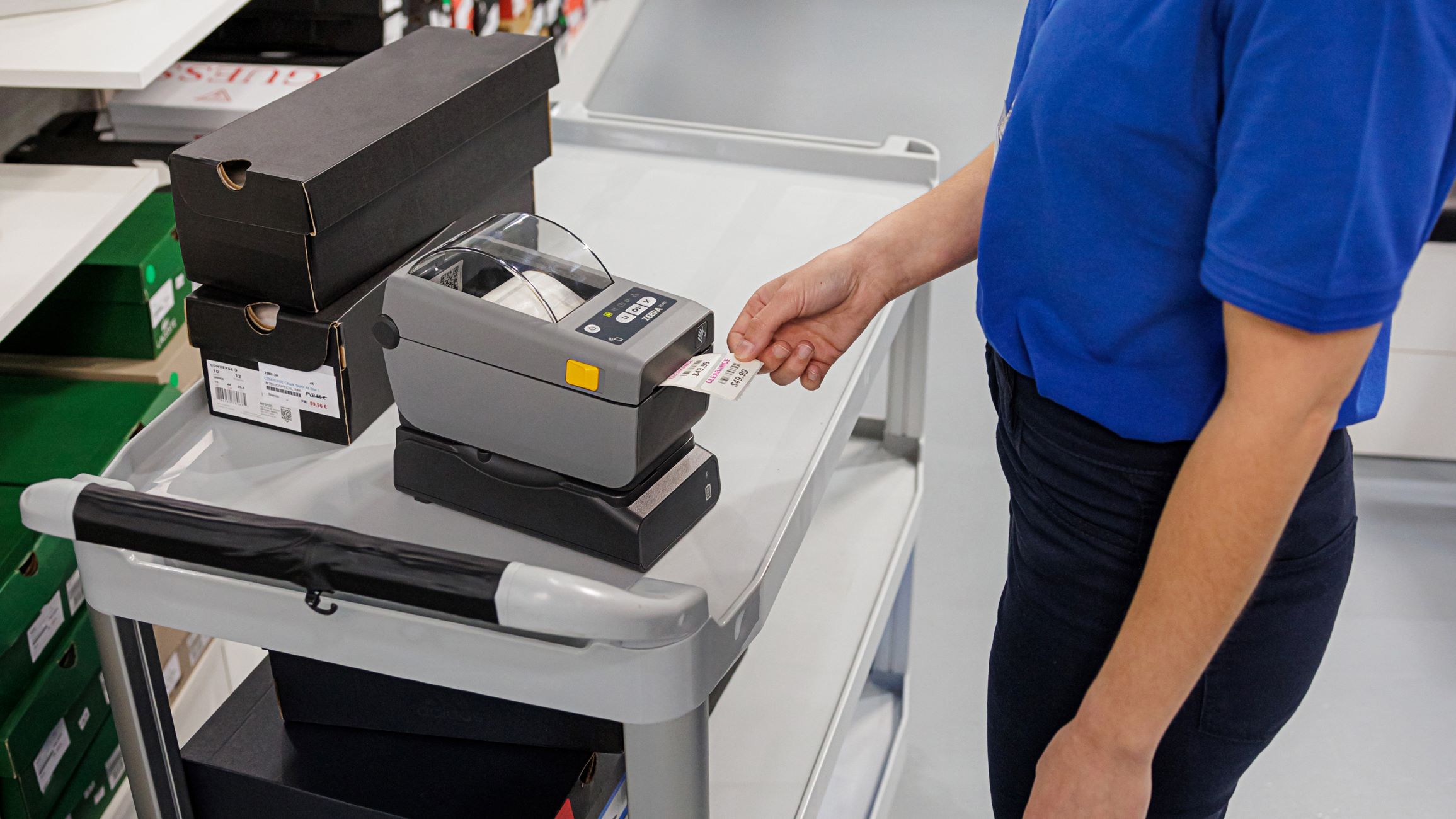
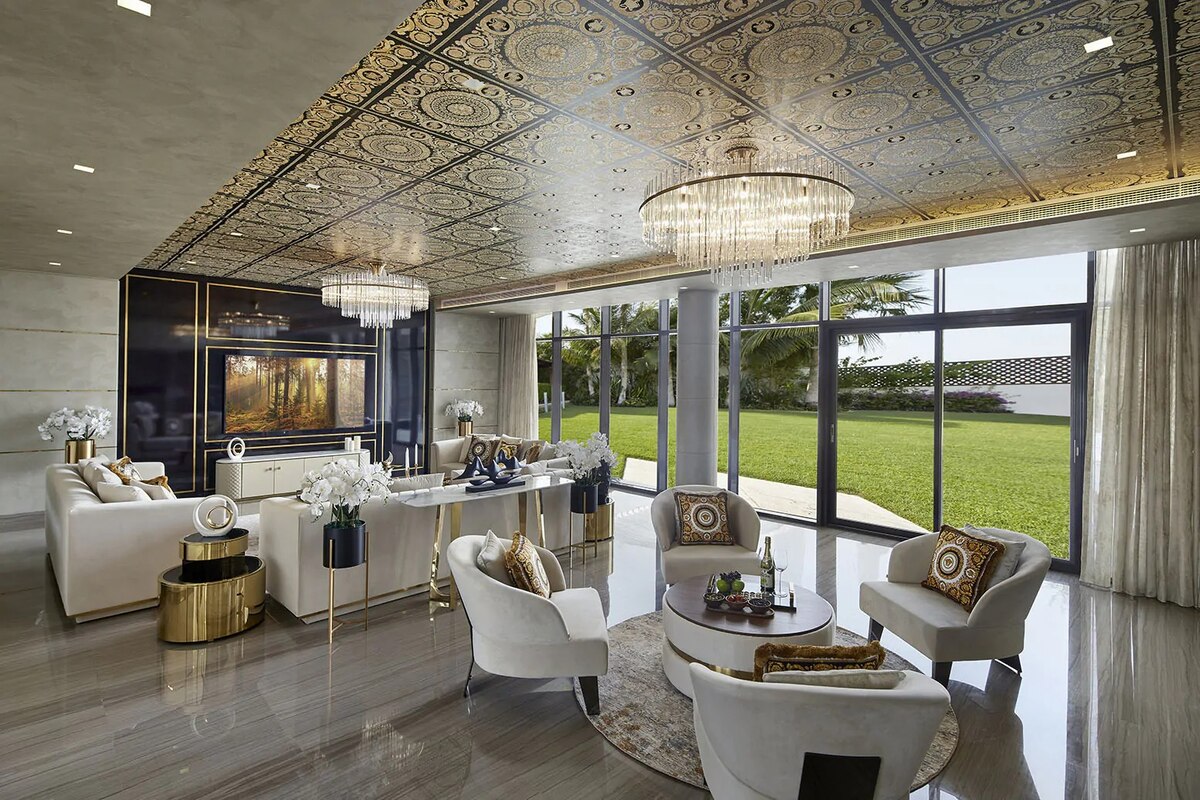
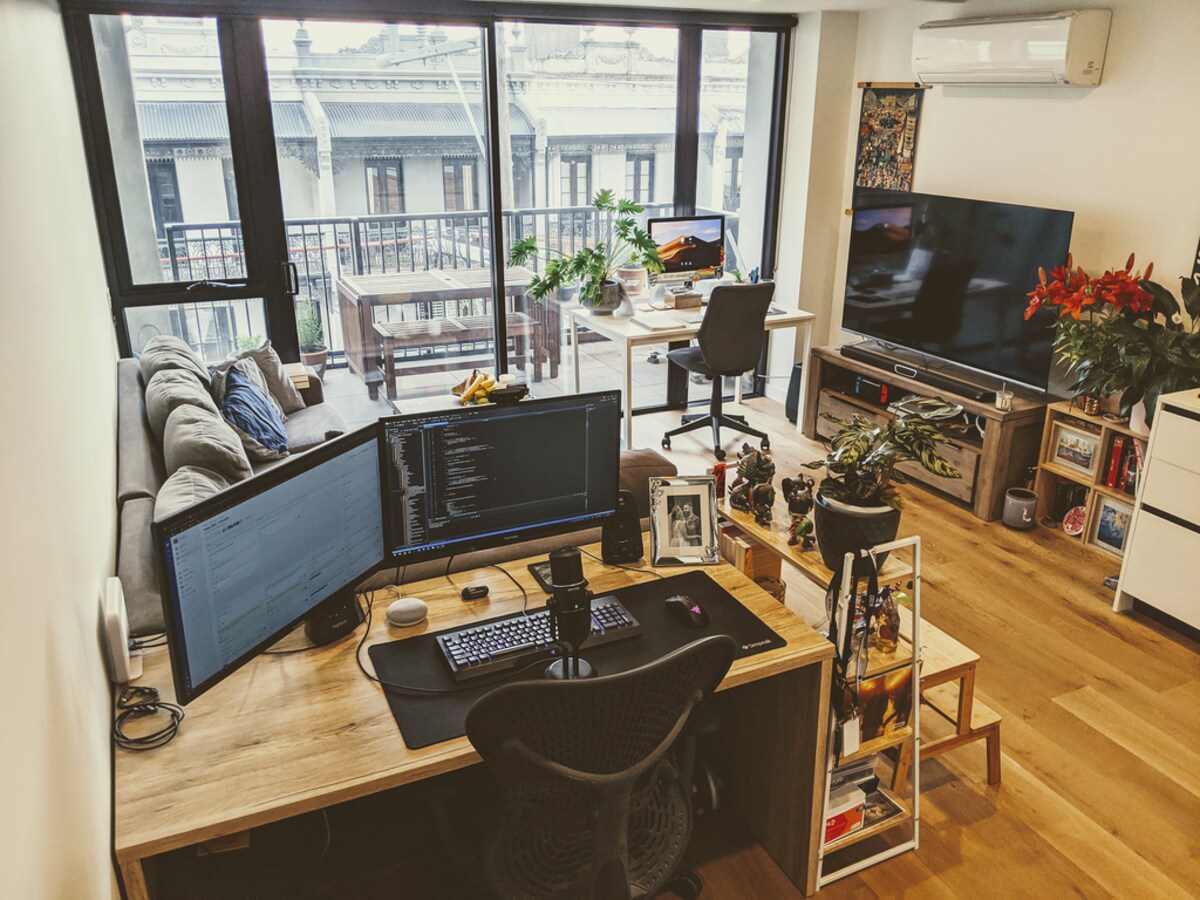
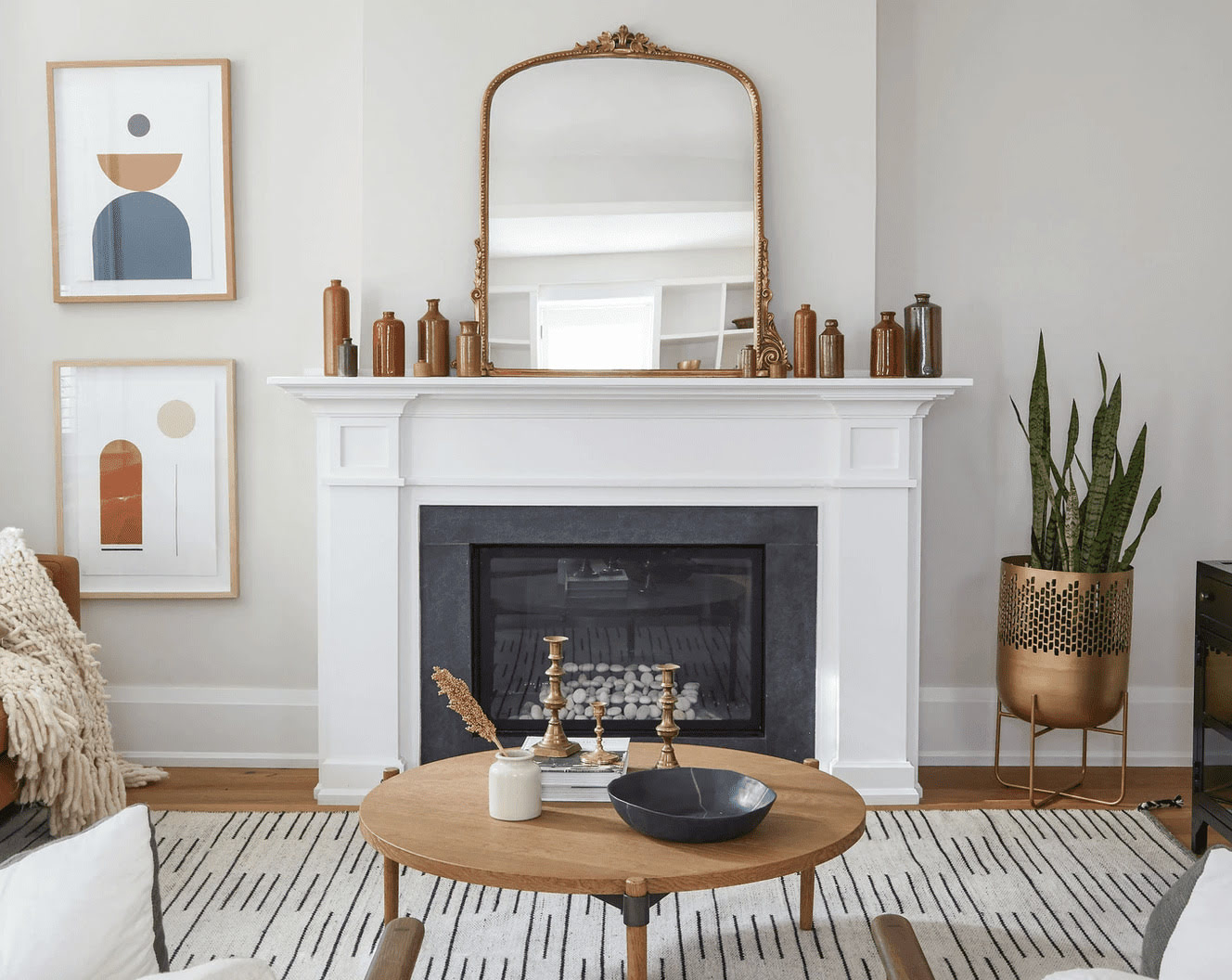
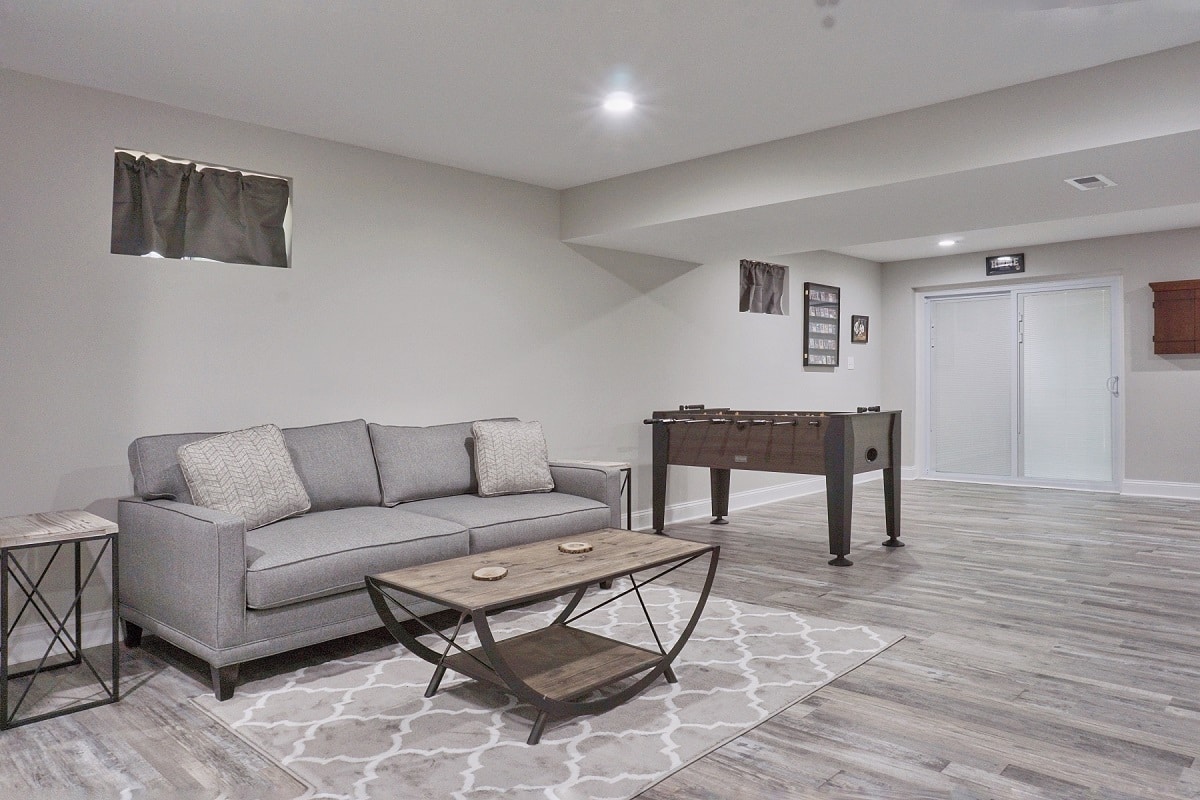
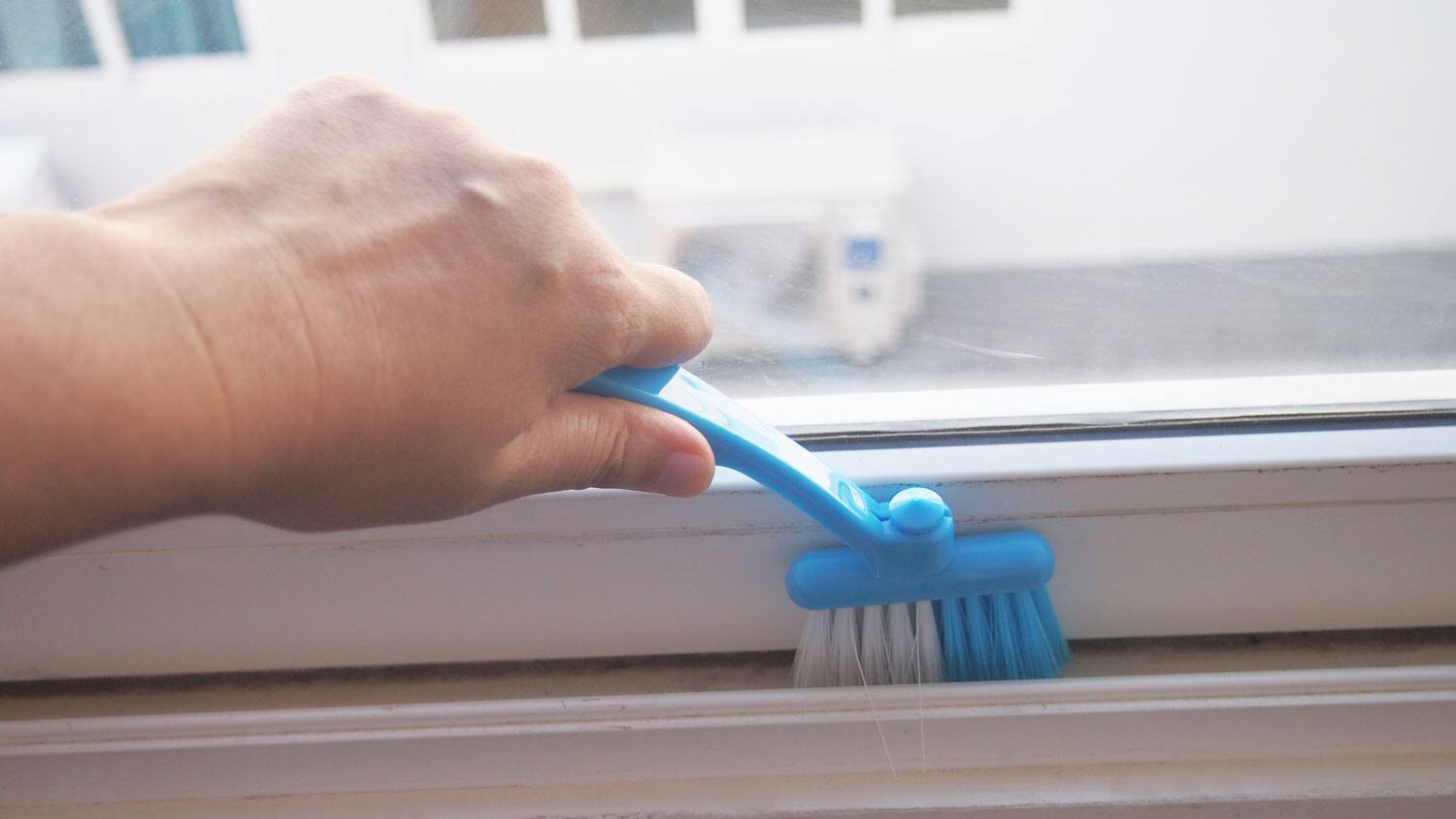

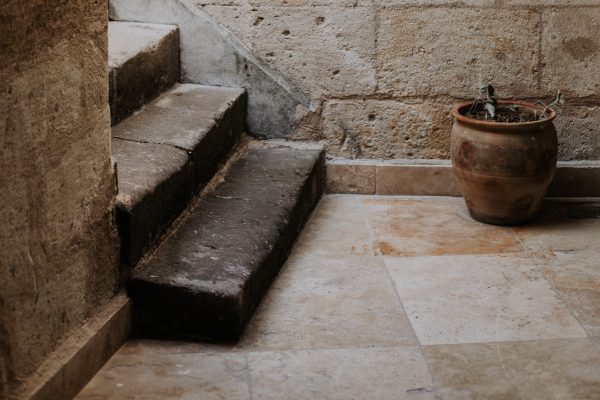
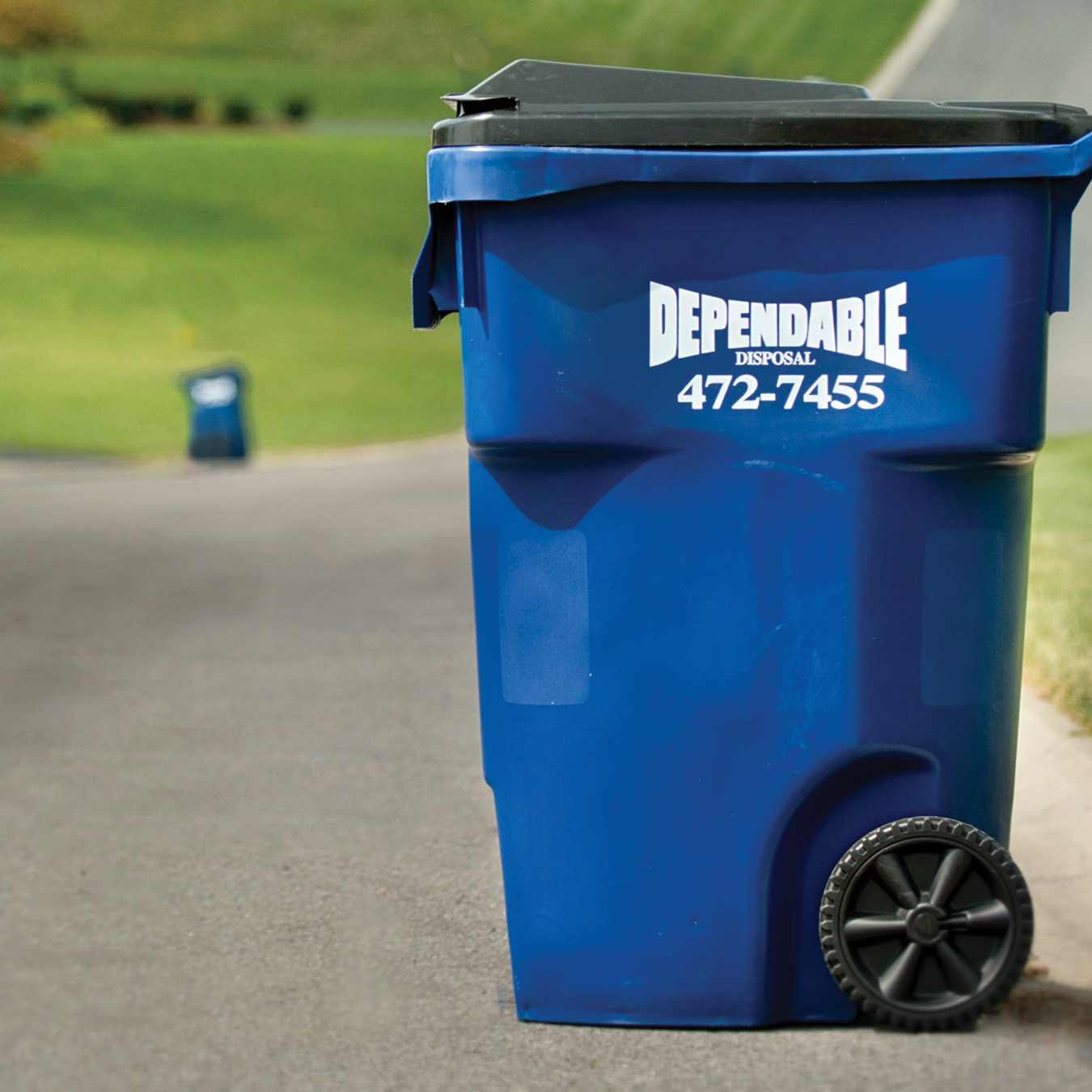
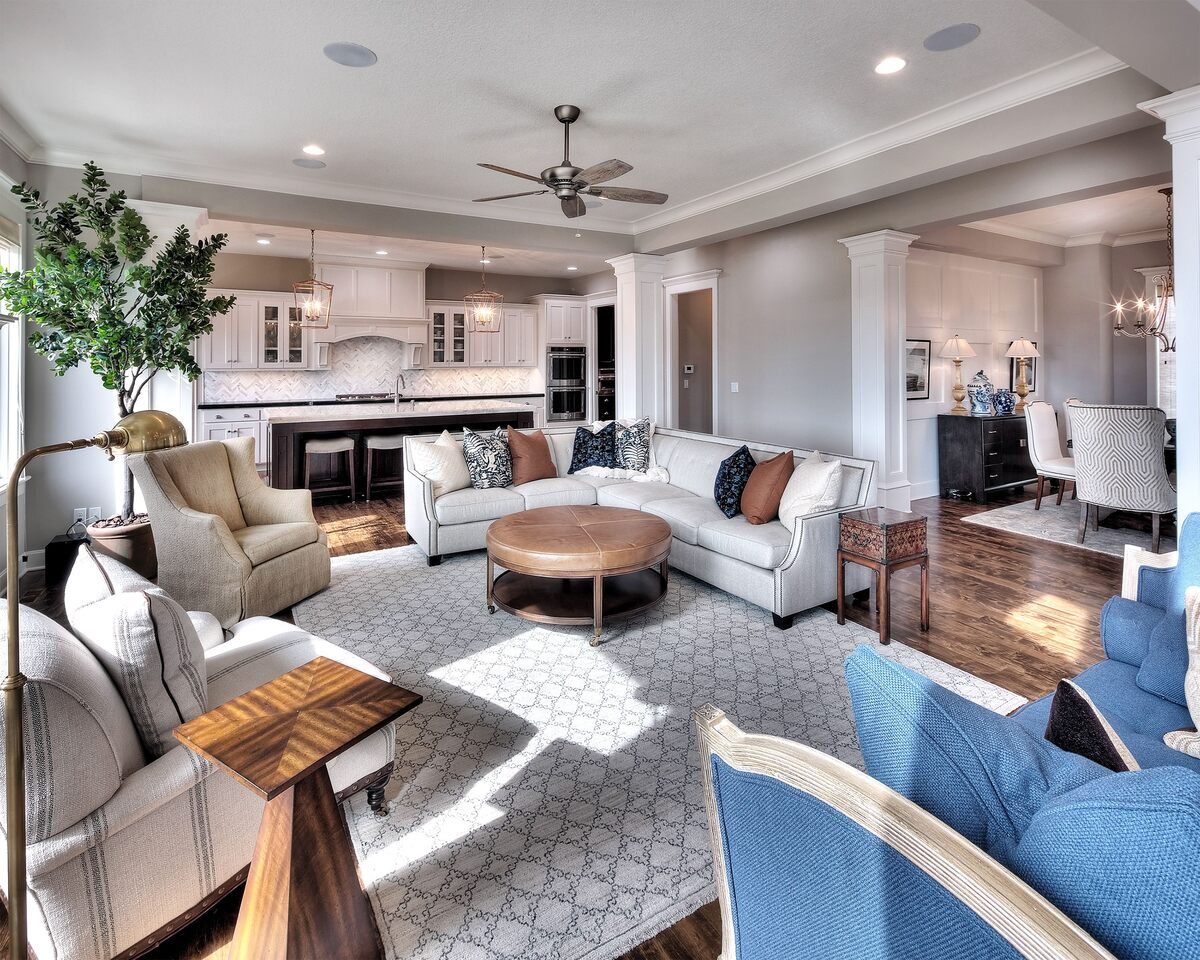
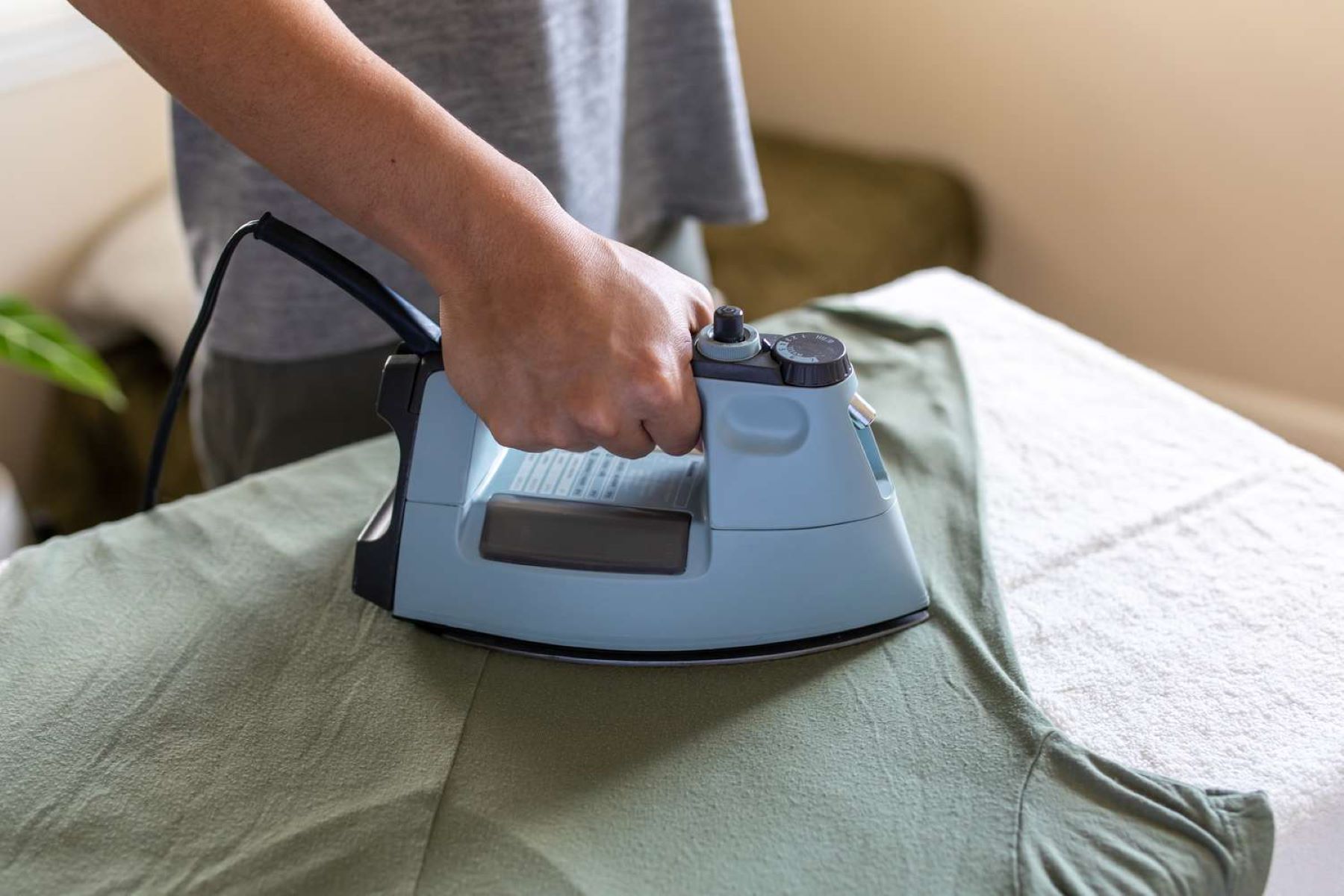

0 thoughts on “Paula Sutton’s Guide To Mood Boarding Decor And How It Can Be Applied To Your Life”